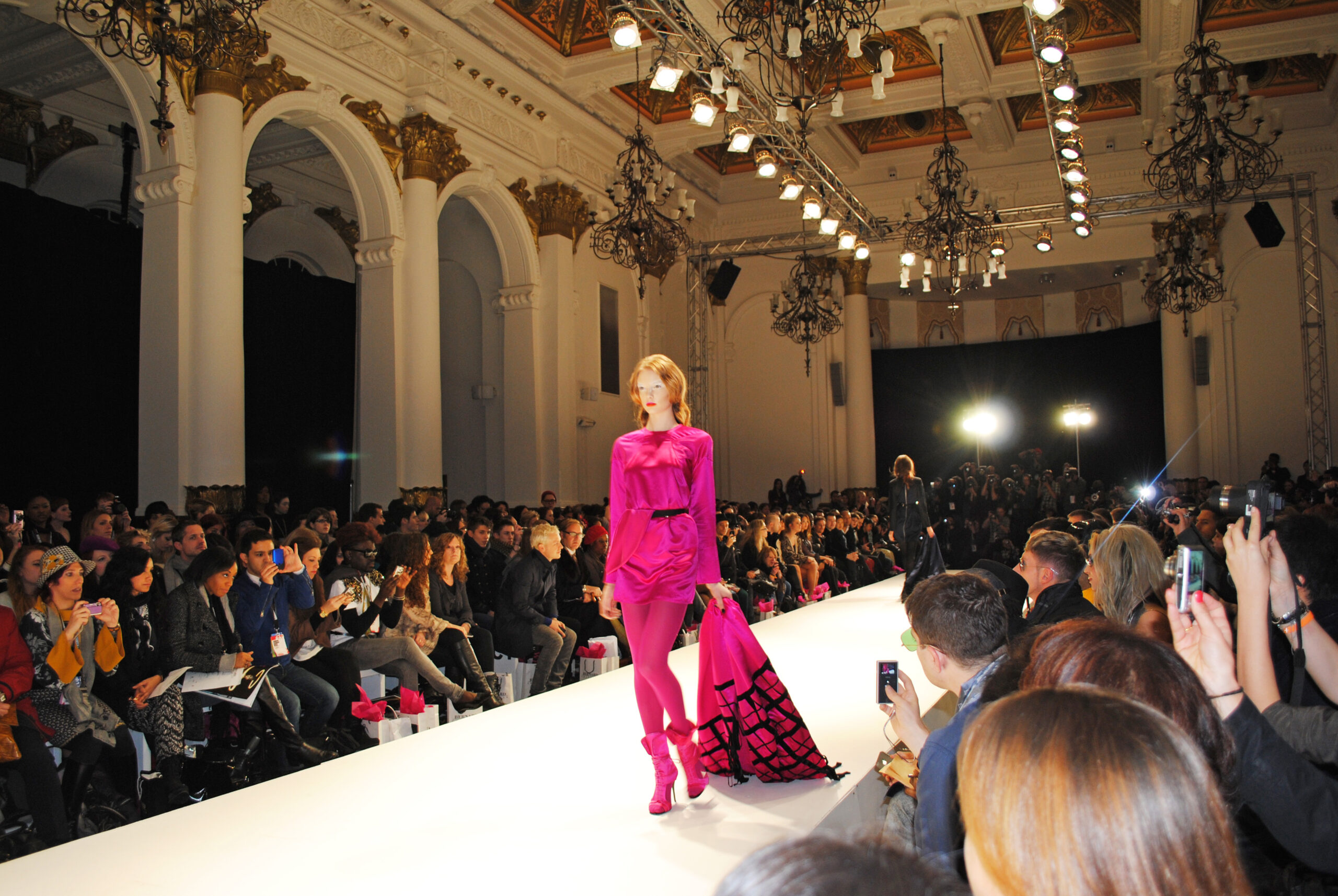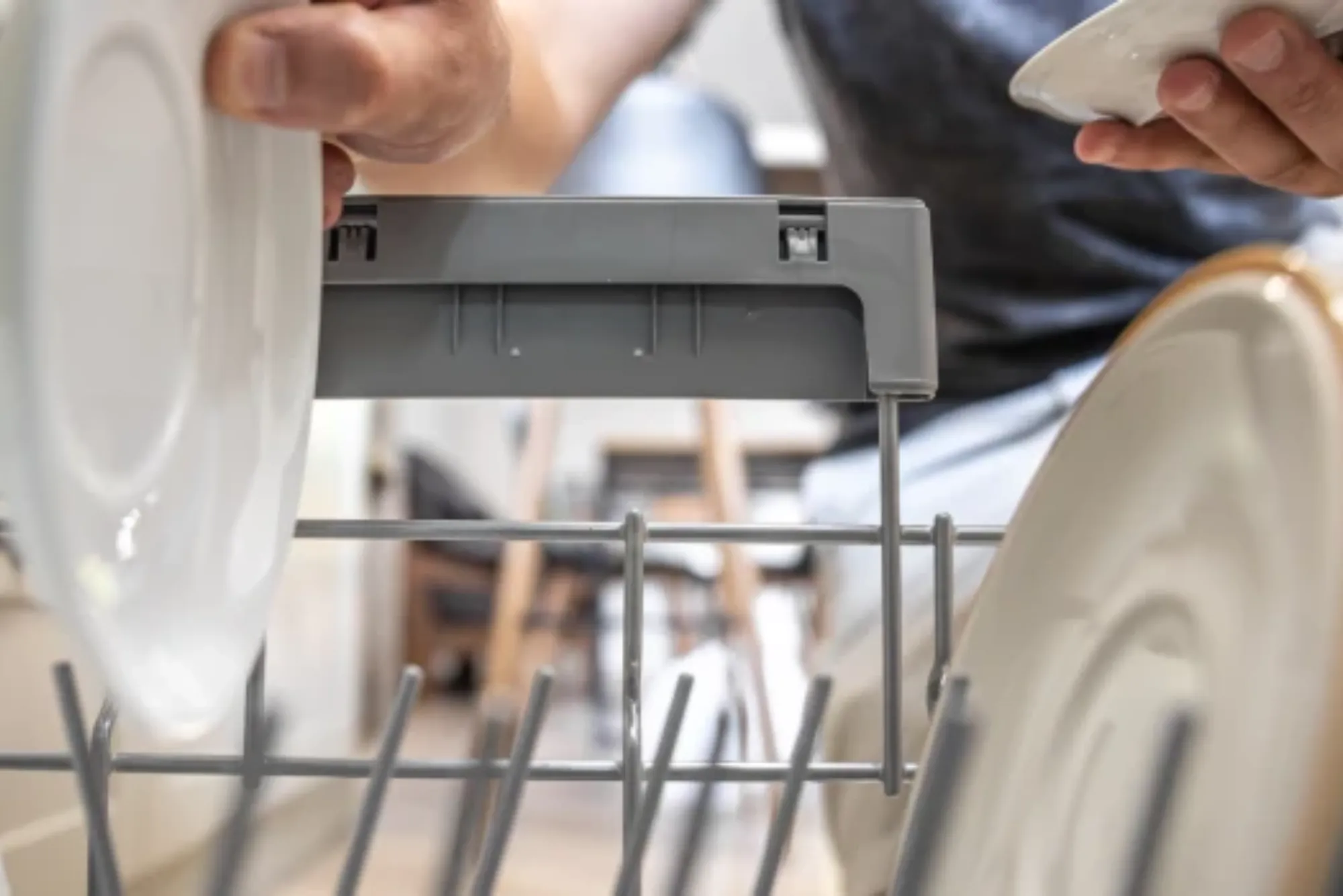Fashion shows are spectacular events that bring together designers, models, industry professionals, and fashion enthusiasts to showcase the latest trends and styles. While they may appear glamorous and effortless from the audience’s perspective, organizing a successful fashion show requires meticulous planning, coordination, and attention to detail. This article will provide a step-by-step guide to organizing a fashion show, covering everything from conceptualization to execution.
Set Clear Objectives
Before embarking on organizing a fashion show, it is crucial to define your objectives. Determine the event’s purpose, whether it is to promote a brand, raise funds for a cause, or showcase emerging designers. Setting clear goals will help guide your decision-making process and ensure that all aspects of the show align with your vision.
Define the Theme and Concept
Choose a theme or concept that aligns with your objectives and resonates with your target audience. The theme will influence various aspects of the fashion show, including the selection of designers, music, lighting, stage design, and overall ambiance. Create a mood board or visual references to communicate your vision effectively.
Create a Budget
Develop a comprehensive budget that includes all anticipated expenses, such as venue rental, production costs, marketing, permits, models, hair and makeup, and refreshments. Ensure that your budget is realistic and allows for contingencies. Seek sponsorship or partnerships with relevant brands to offset some of the costs.
Secure a Suitable Venue
Choose a venue that aligns with your theme and accommodates your expected attendees. Consider the size, layout, backstage facilities, lighting, and sound capabilities. Visit potential venues, negotiate contracts, and ensure all necessary permits and insurance are in place.
Build a Talented Team
Assemble a team of skilled professionals to assist you in various aspects of the fashion show, such as event coordination, production, marketing, and public relations. Assign specific roles and responsibilities to team members and ensure effective communication throughout the planning process.
Recruit Designers and Models
Reach out to established designers, emerging talents, and local fashion schools to showcase their collections at your fashion show. Conduct auditions or castings to select models that best represent the vision and aesthetics of your event. Maintain open lines of communication with designers and models, providing them with clear guidelines and schedules.
Plan the Production
Work closely with production experts to create a seamless and visually captivating show. Coordinate stage design, lighting, sound, and music to enhance the experience. Rehearse the show multiple times to iron out any technical issues and ensure a flawless presentation.
Promote and Market the Event
Develop a comprehensive marketing plan to generate buzz and attract attendees. Utilize various channels, including social media, print advertising, press releases, collaborations with influencers, and partnerships with local media outlets. Create engaging content highlighting your fashion show’s unique aspects and its participants.
Manage Logistics and Operations
Attend logistical details such as ticketing, seating arrangements, backstage management, hair and makeup schedules, and dressing rooms. Ensure that all necessary permits, licenses, and insurance are obtained. Coordinate with vendors for refreshments, decorations, and other event necessities.
Execute and Evaluate
On the day of the fashion show, ensure that all elements are executed according to plan. Assign dedicated staff members to manage different areas, such as front-of-house, backstage, and guest relations. After the event, gather feedback from attendees, participants, and team members to identify areas of improvement for future shows.




